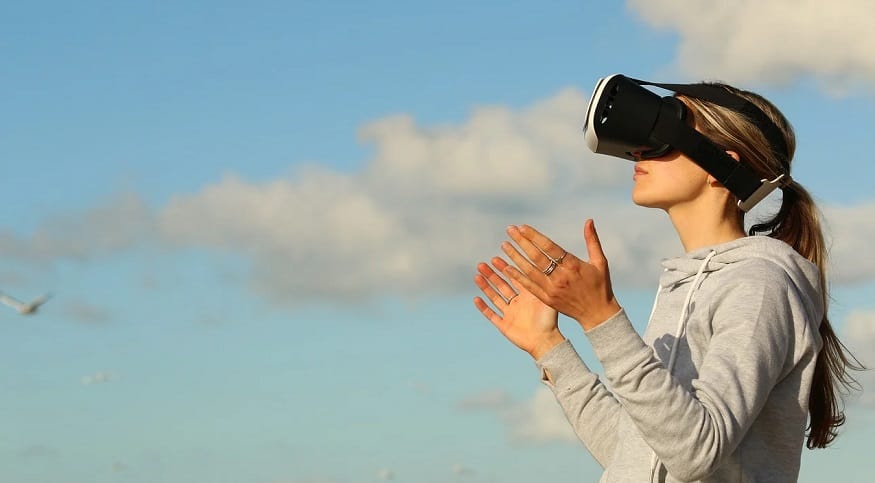Herrenberg is working with technology to prop up its struggling tourism industry during the pandemic.
The German town of Herreberg has designed a unique VR tourist experience to allow people from around the world to explore its beautiful sites and attractions.
It created a virtual reality experience with the High-Performance Computing Center Stuttgart (HLRS).
A VR tourist will soon be able to travel throughout the town’s scenic and signature cross-timbered houses as well as its historic churches, among other sites. This is because a virtual digital twin of Herrenberg has been created with the HLRS.
Mayor of Herrenberg advisor Nicolai Reith, the head of the control and communication department, explained that “You don’t have to make a decision and then see [what happens]; you can see before you make the decision what the effect will be via the digital twin. This makes it easier to make the right decision for our city council, politicians, and citizens.”
The digital twin of the town is already in use. This digital version brings together supercomputing and technologies conventionally deployed in advanced aerospace. That combination makes it possible to visualize city data and understand the emotional responses of the citizens in order to make more informed decisions for the town.
There are already plans to expand on the VR tourist experience that has already been made.
The intention is to broaden the town’s growing virtual tourism experience. Herrenberg has a population of about 31,000 people but it is a popular tourism destination in Germany. That said, in the face of COVID-19, the region – like everywhere else in the world that is dependent on travelers’ money – has been struggling to make up for lost tourism income.
“We have a very beautiful city center so tourists can explore it in a digital way with VR glasses before they come to Herrenberg, which is an interesting benefit for the future,” said Reith.
The HLRS was able to create a virtual twin for Herrenberg with the participation of the University of Stuttgart, the Fraunhofer Institute, and Kommunikationsbüro Ulmer. They developed a concept called “space syntax” for this purpose.  That allowed them to create a 2D outline of the town from which the three dimensional virtual tourist experience could grow.
That allowed them to create a 2D outline of the town from which the three dimensional virtual tourist experience could grow.
